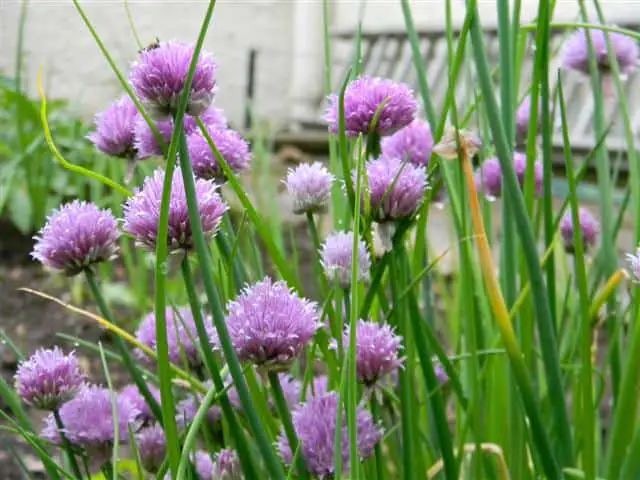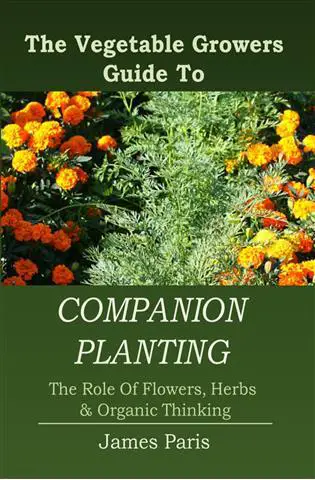Companion plantings of some kind have been practiced throughout agricultural history. Some of the earliest written documents on gardening discuss these relationships. Early settlers discovered American First Nations people were using an interplanting scheme of corn-bean-squash that balanced the requirements of each crop for light, water, and nutrients.
In the 1800’s, hemp (cannabis) was often planted around a cabbage field to keep away the white cabbage butterflies in Holland. In many parts of the world today, subsistence farmers and organic gardeners grow two or more crops simultaneously in a given area to achieve a certain benefit.
and organic gardeners grow two or more crops simultaneously in a given area to achieve a certain benefit.
Companion planting is the practice of locating particular plants near one another because they enhance plant growth, discourage pests and diseases, or have some other beneficial effect.
When selecting your companion plants consider more than which pests are deterred. Think about what each plant adds or takes away from the soil and what effect the proximity of strong herbs may have on the flavor of your vegetables.
Things To Avoid With Companion Planting

Avoid placing to heavy feeders or to shallow rooted plant types near each other. Many gardeners find that they can dicourage harmful pests, without losing the beneficial allies, when they use companion planting as an important part of an integrated pest management system.
For example, chives or garlic planted between rows of peas or lettuce help control aphids. Marigolds planted throughout the garden discourage many insects. Rosemary, thyme, sage, catmint, hyssop, or mixtures of all three between rows of cabbage helps deter the white cabbage moth.
Horseradish planted at the corners of potato patches deters the potato beetle. Garlic planted near roses repels aphids and Nasturtium planted around the garden also deters aphids.
As the limitations and ill effects of pesticides, chemical fertilizers, and other modern practices become more apparent, scientists and researchers have begun to look at the ‘old-fashioned’ method of gardening and farming.
Companion planting can combine beauty and purpose to give you an enjoyable, healthy environment. In essence, companion planting allows us to help bring a balanced eco-system to our landscapes, allowing Nature to do its’ job.


